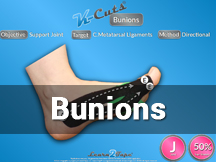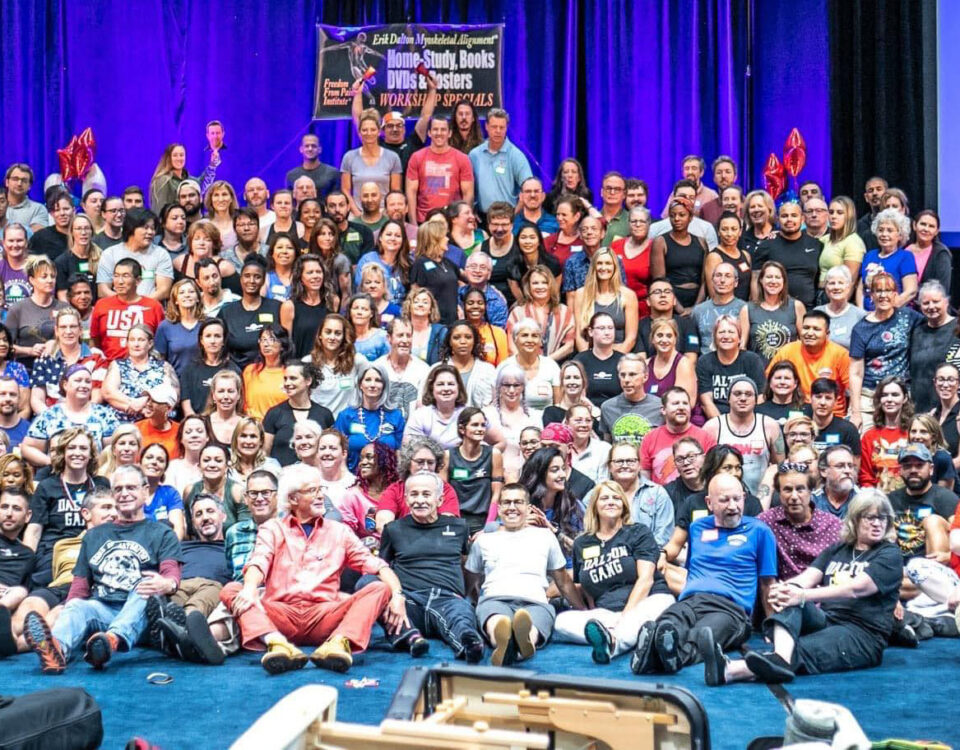In 1999, at the Tour de France, Lance Armstrong was seen wearing the tape and commented that he did not know what the tape really did, but it was like some kind of “Magic Tape” because it helped him win. Not quite, but I have patients who may argue against me that it is “magical” with some of the results I have achieved with it. Kinesiology tape was created back in the 70’s, originally developed by Dr. Kenso Kase, a chiropractor in Japan. Dr. Kase was looking for a better way to gain more effective and reliable results for his patients. Popularity of the tape began to spread in Europe and Asia, but it was not until the mid nineties that it was introduced to the US. It was first introduced to at the National Athletic Trainers Association Conference back in 1995 in Oregon. I recall seeing the tape in our training room, but we all just thought it was just like other stretchy tape, so we disregarded it and went on doing our prophylactic and McConnell tapings.
It was in 2001 that I started hearing more about the tape from one of the most influential men in my career and so many others in the massage world, Benny Vaughn. Benny started using the tape and touting its benefits. This re-ignited my curiosity with taping. In the past as an Athletic Trainer, taping was something you did to stabilize and lock a joint into place, limiting its movement in the hopes of preventing or re-aggravating an injury. When learning to use kinesiology tape, I had to unlearn what I had known about the use of tape in this arena.
It wasn’t until 2008 when Kinesio™ Association donated over 5000 rolls of tape to the Olympic village, that the US population started to see this new and color method of taping. This type of PR was both good and bad for Kinesio™.
On the one hand, it made Kinesio™ into a household name, practically overnight. Athletes from all over the world were sporting this tape, none more recognizable than our very own Olympic Beach Volley Ball Player, Kerri Walsh. It was hard not to notice the tape on her considering that she is only wearing a bikini when she is competing. That and the fact that she and Misty May Trainer won Olympic Gold.
Imitation is the fondness form of flattery. Kinesiology tape had hit the world stage and was about to create a brand explosion. As I write this, there are over 50 different brands of kinesiology tape on the market. This sudden product explosion has created two very significant issues. The first issue is that the tape has specific attributes that allow it to be an effective tool. When products get mass-produced, the quality of them is quickly compromised and sacrifices are made to components like adhesives, in order to save costs. This significantly diminishes the effectiveness of the tape.
The second issue is that the common consumer can now purchase a roll of kinesiology tape at retailers such as Walmart or CVS. Even when it is properly manufactured, it can still have the potential for failure. As I stated, the tape does not have magical powers. In order for the attributes of the tape to become viable in the healing process, it must be applied in a very particular way. I say all the time, “The tape application works. It is the applicator of the tape that is the usually the problem.” Not having an understanding of the appropriate areas to tape, the direction of the recoil or the amount of stretch that should be applied, etc. will all lead to negative outcomes when using the tape. Lets face it, if you put some average Joe behind the wheel of a high performance race car, they won’t immediately turn into Jeff Gordon. It takes someone with particular skills and knowledge to use this tape correctly. We all know that when consumers incorrectly apply the tape, they will not be quick to point a finger at themselves, rather at the tape and quickly disregard any effectiveness it can really have. I have seen many professionals do this; just imagine what a nation full of consumers will do as well.
Next month, I will discuss the properties of the tape and how to effectively apply the tape so positive treatment outcomes may be achieved.






